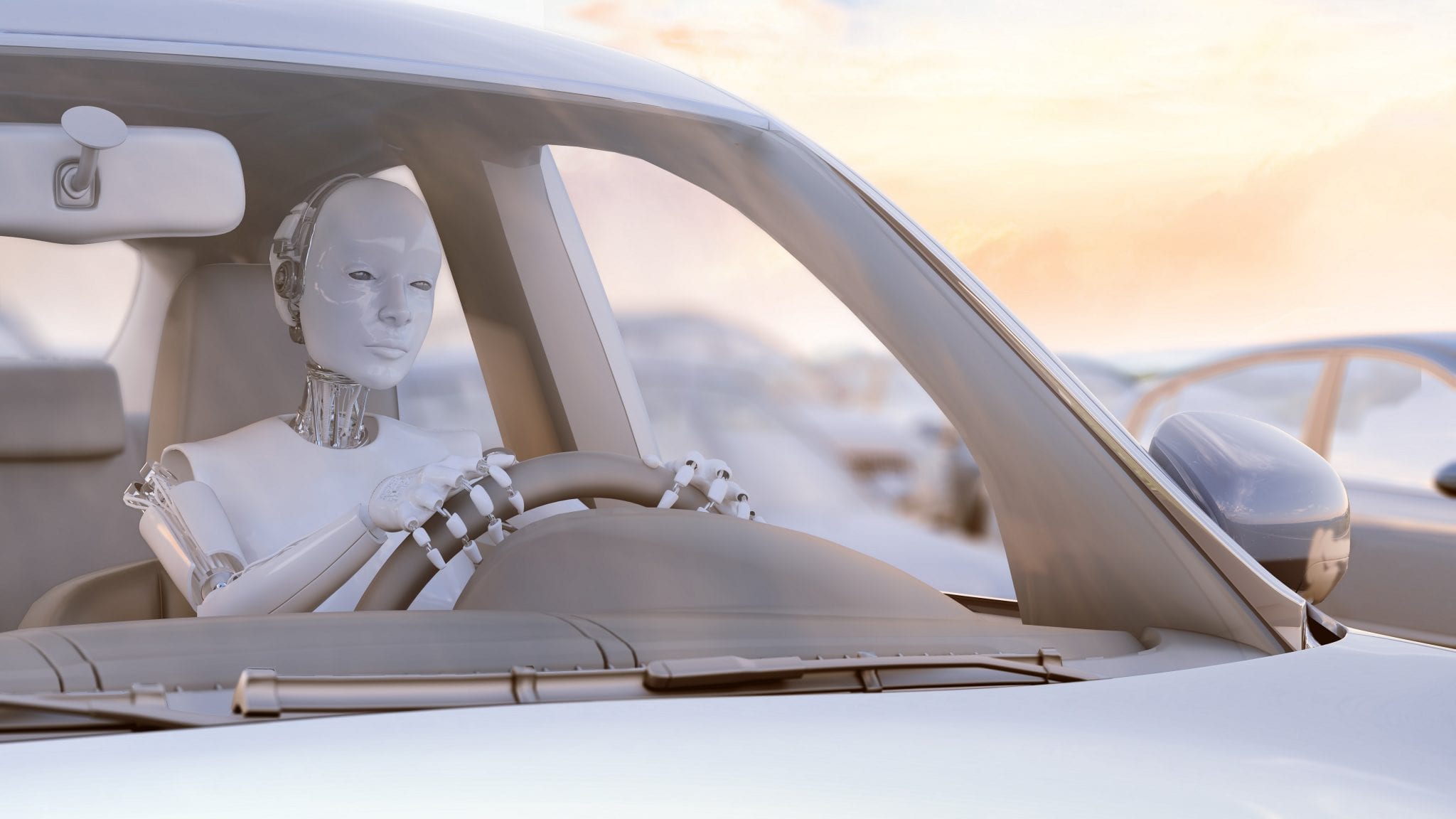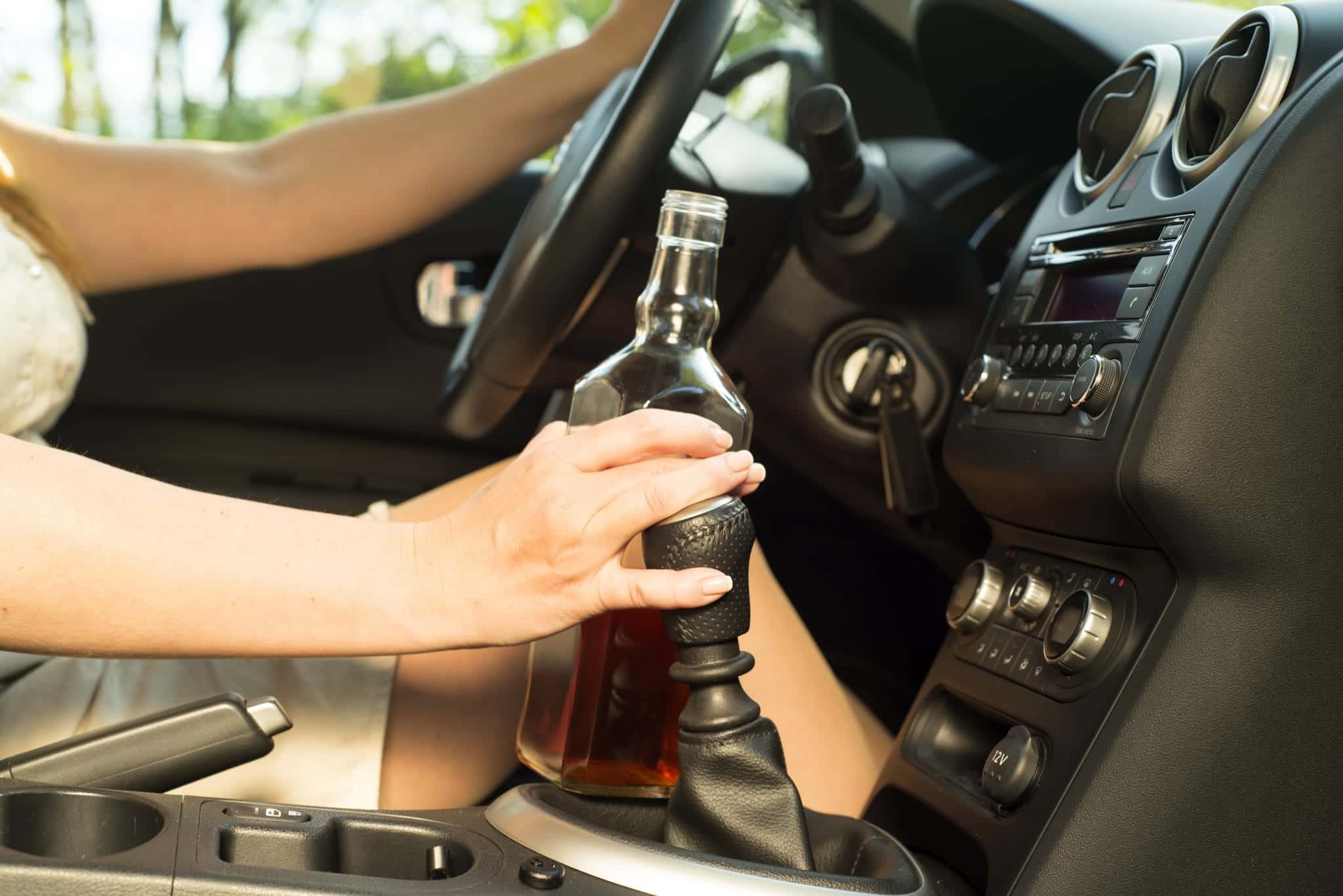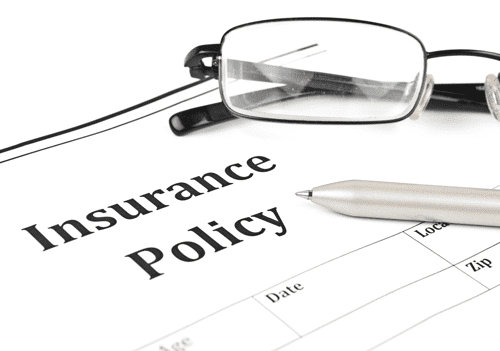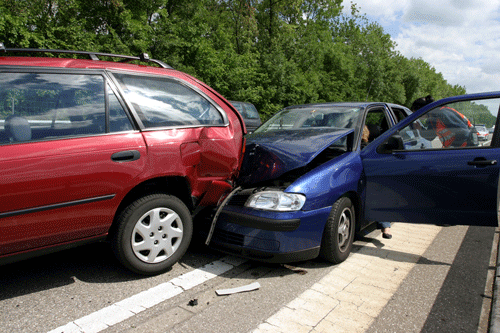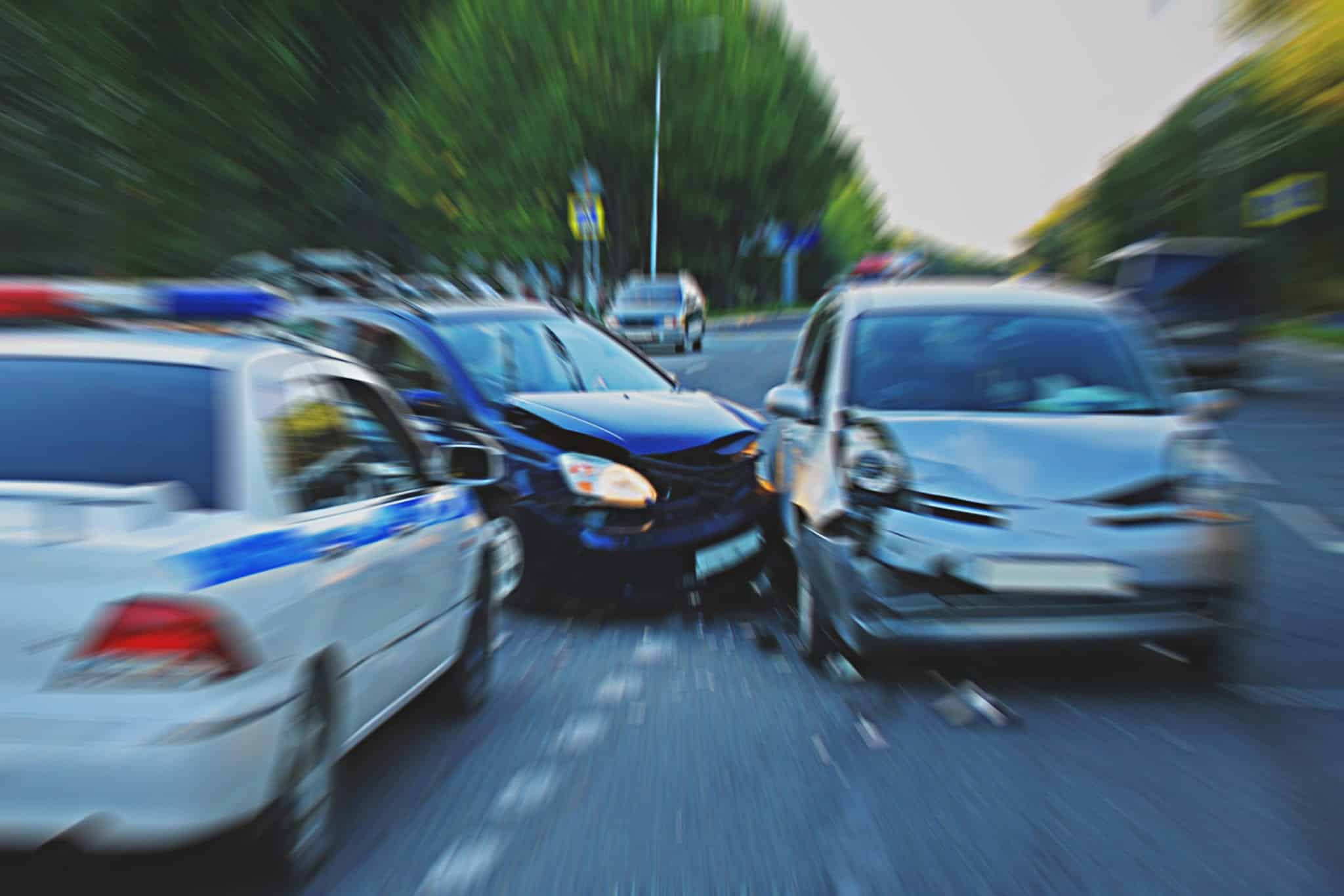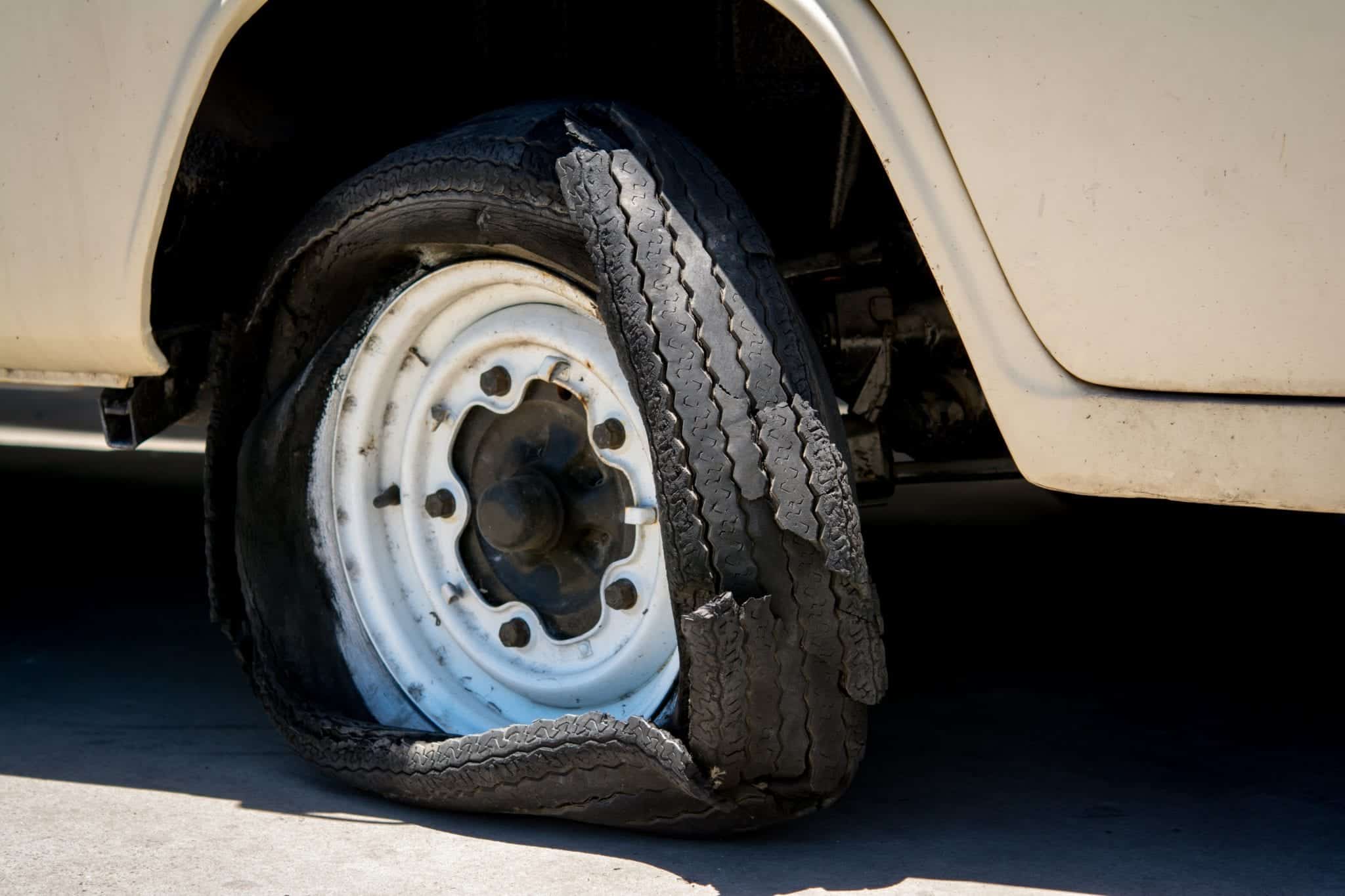Driverless Cars
The era of the driverless car is upon us and commutes from suburb cities like Kennesaw and Marietta to Atlanta will likely see some interesting changes. This technology could revolutionize the way we get around by removing the work of driving. What’s more, this technology has the potential to greatly reduce accidents by taking out the human-error component. Benefits aside, driverless cars present some fascinating legal implications.
The law must grapple with the policy of permitting and licensing these cars. For the most part, the trend around the country is that states are increasingly receptive to allowing driverless cars on the road. There is also the question of fault in the event of an accident. At what point are errors by a driverless car the fault of the operator? In other words, when a driverless car does something wrong, is it the fault of the car manufacturer or the person sitting inside?
Driverless Car Legislation
Only five states have passed comprehensive driverless car legislation. However, dozens of other states are considering such legislation, and it is only a matter of time before driverless cars are regulated across the country by a patchwork of state laws. In Georgia, Senate Bill 54 is currently being considered. This bill states that driverless cars must:
- Have an easy mechanism to give the operator control at any time
- Clearly indicate when the vehicle is operating in autonomous mode
- Can alert the operator if a technology failure is detected while the vehicle is operating autonomously
- Be capable of being operated in compliance with the uniform rules of the road
Driverless Cars and Accident Law
In March, 2017, a news article reported that a self-driving car used by Uber got in an accident in Arizona. Driverless cars may operate with computer-precision, but the people on the road can be erratic. As the article reported, “How machines respond to those behaviors, and whether they also engage in them, is something engineers still have to sort out.”
Determining accident fault is also something that needs to be sorted out. In the Arizona accident, the Uber car was at fault when it was on autopilot. It is possible that accident claims like this are best made against the manufacturer and designer of a car, perhaps as a product liability claim. However, it is also the case that the people riding in these cars maintain the ultimate control and could still bear responsibility. So what happens if you get in an accident in Georgia with a driverless car? It is uncharted territory, but if you find yourself in such an accident, you should contact an experienced personal injury attorney to figure out how to best proceed with your claim.
Assuming driverless cars decrease accidents, we should also expect insurance rates to plummet. An increase in driverless cars could also popularize no-fault insurance, in which an insurer pays without considering fault. These are just a few of the legal and policy issues that the use of driverless cars poses.
If you would like more information about the legal impact of driverless cars in Georgia, contact Williams Elleby Howard & Easter, at 833-LEGALGA today.
